I was listening to one of my favorite podcasts a couple of weeks ago, and one of the guests happened to mention several places online that would colorize old photos for free. (Well, nothing is free, but I’ll touch on that in a moment.) He had tried out several places, and found that the MyHeritage genealogy website did the best job, in his opinion. He wanted to colorize an old photo to use as part of a model railroad backdrop scene. (His blog post is HERE.)
This really piqued my interest, as nearly all of the S&NY photos in my collection are, of course, black-and-white. If some could be colorized, I thought it might make the railroad seem more real, somehow.
So, I set up a dummy account on MyHeritage and tried it out. Here’s where the “free” part comes in. I am assuming that MyHeritage (just like Facebook and all other online social-media sites) retains all uploaded photos in a database for their own internal use, most likely to increase the accuracy of their colorization algorithms, but also to use sophisticated facial-recognition software to link long-deceased individuals to other living and deceased relations. For this reason, I deliberately used old photos that lacked any identifiable people. With that in mind, I tried it out:
Not bad, for “free”. Color is a little washed out, but it looks like an early spring photo, and there is probably not enough for the algorithm to work with. I assume also the software is designed to work with faces, and not inanimate objects. Still, pretty cool! The varied weathering patterns and colors such as the areas of rust on the pilot and the streaking on the smokebox and boiler are very very good, in my opinion.
Wow, this one was more impressive. Looking at it, I think the algorithm makes a reasonable assumption that, in old photos, lighter colored buildings are likely white-washed, and darker buildings are more or less “barn red”.
Again we can see that darker building colors get mapped as variations of red, and lighter colors map as variations of whites. However, the information I have is that S&NY stations were painted yellow (buff?) and green. I tinkered a bit with Photoshop, and got this:
Might be a little closer to “reality”, but who really knows 80 years later?
A couple more, for fun:
On the whole, I think the online software does a spooky-good job. This will be a great tool for modeling, as the algorithms are pretty good with the weathering patterns on the locomotives, among other things; and gives us in the modern-day a much better feel for how things might have REALLY looked back then.
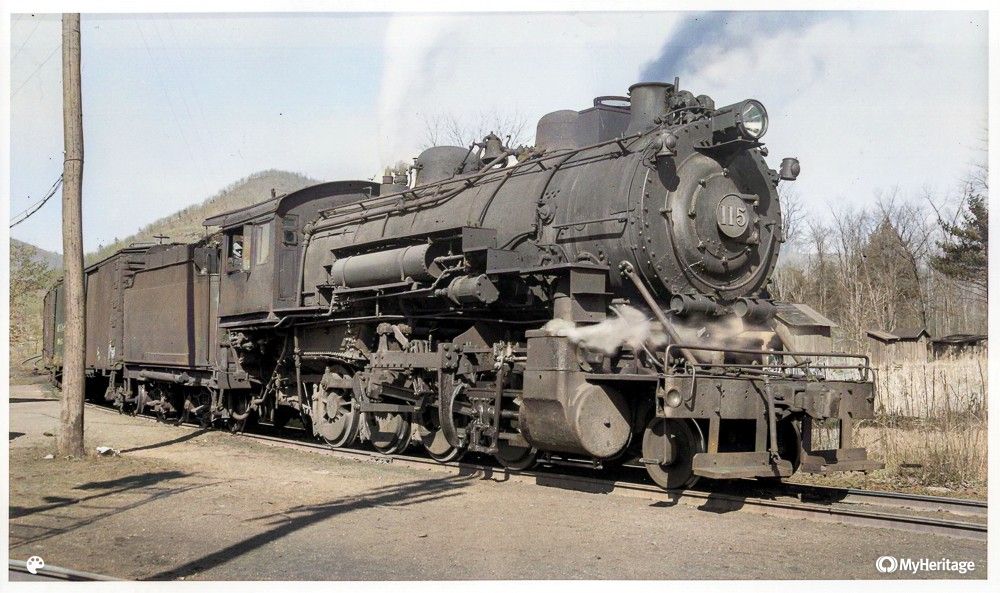
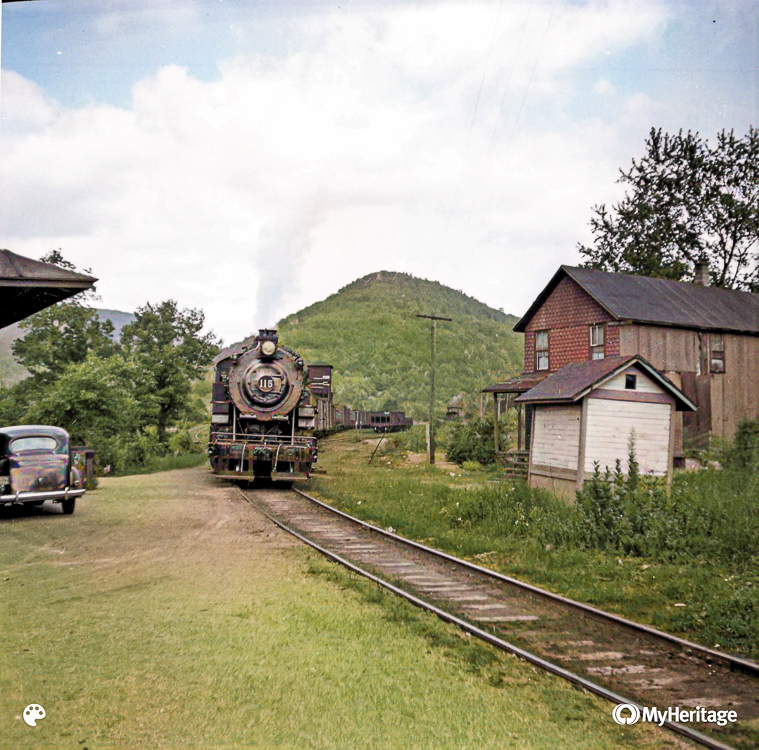
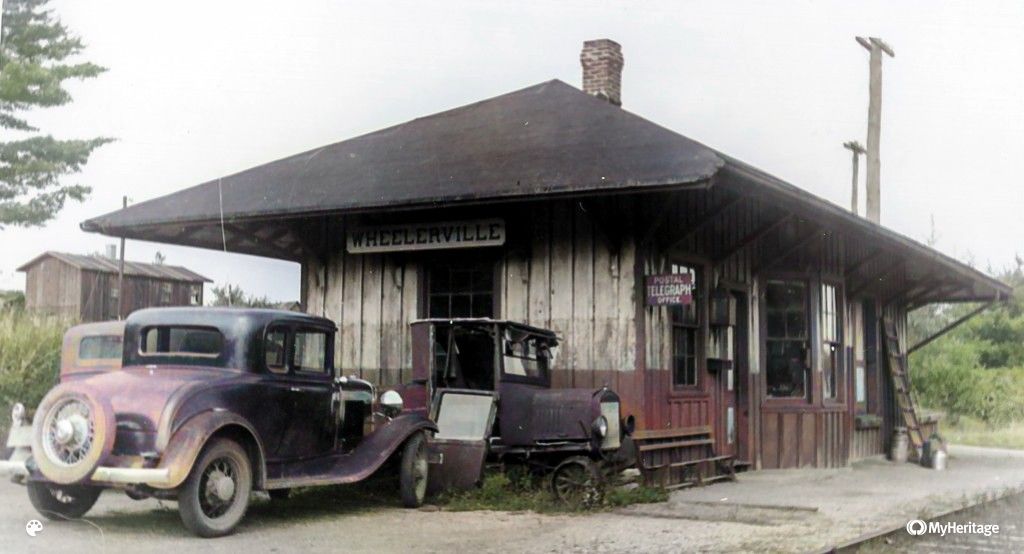
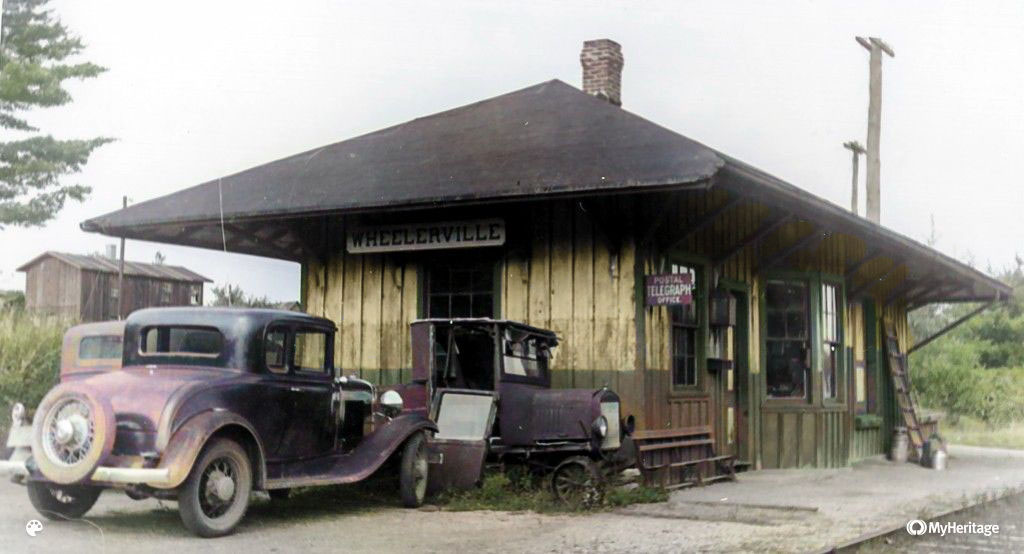
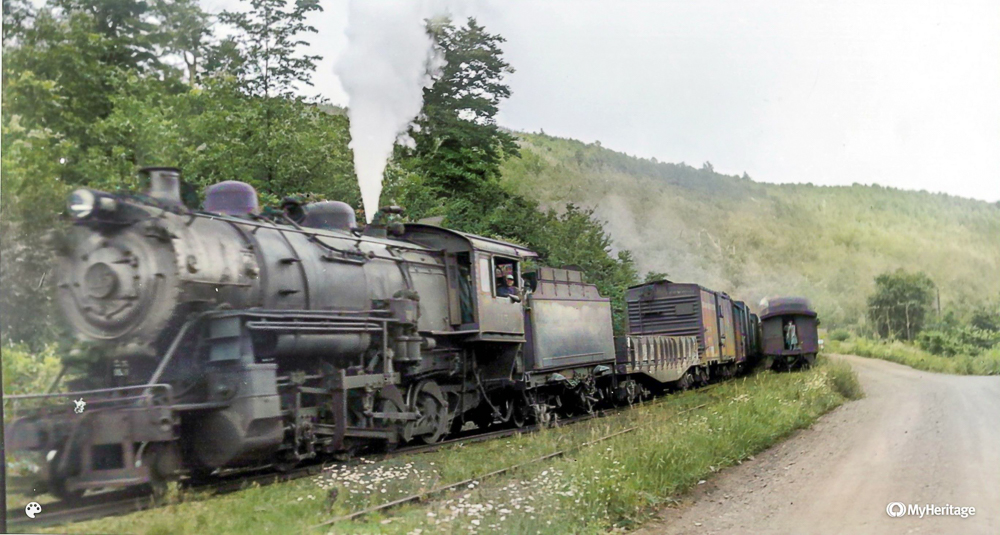
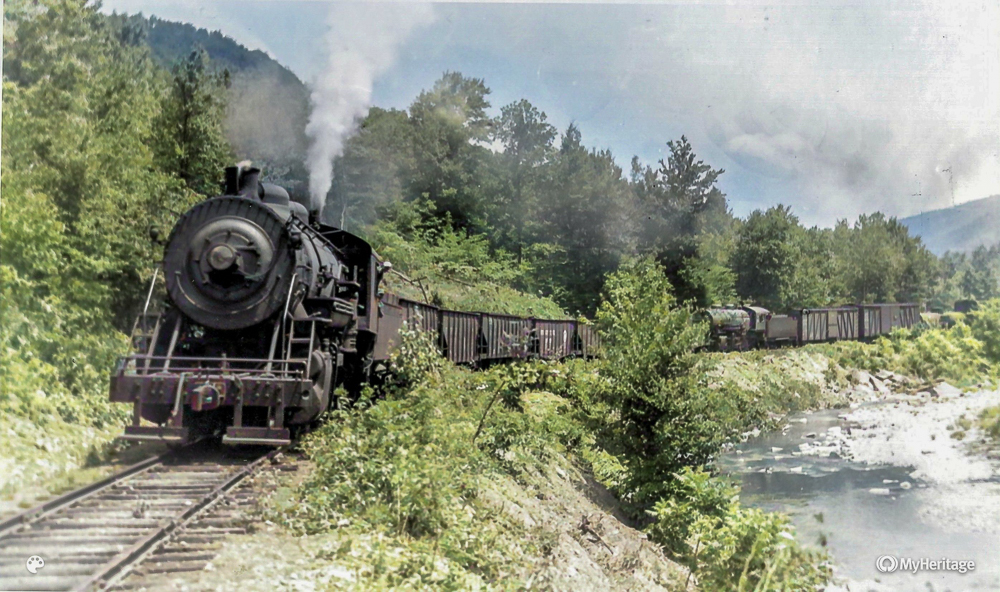
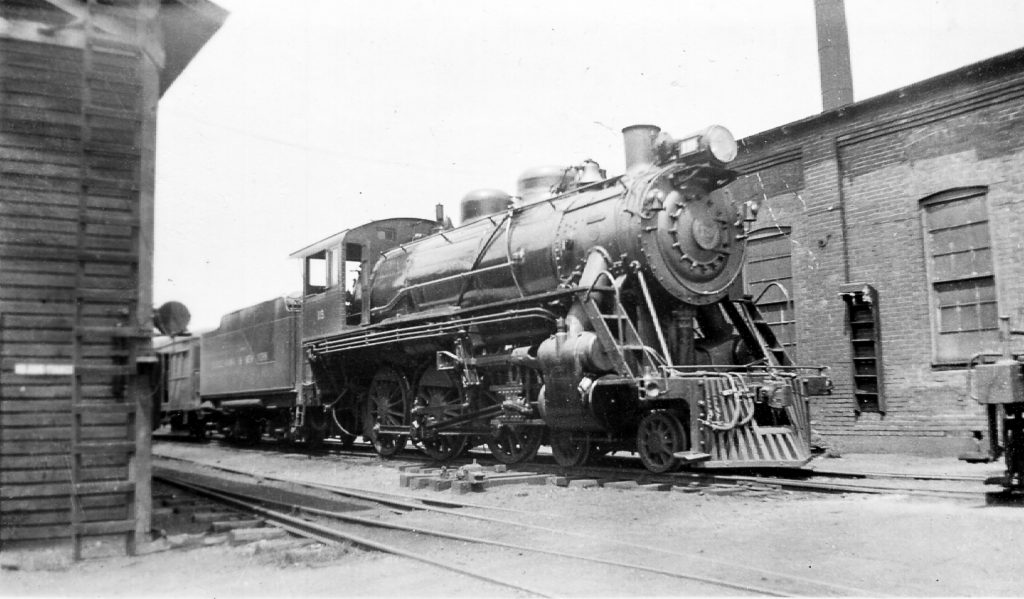
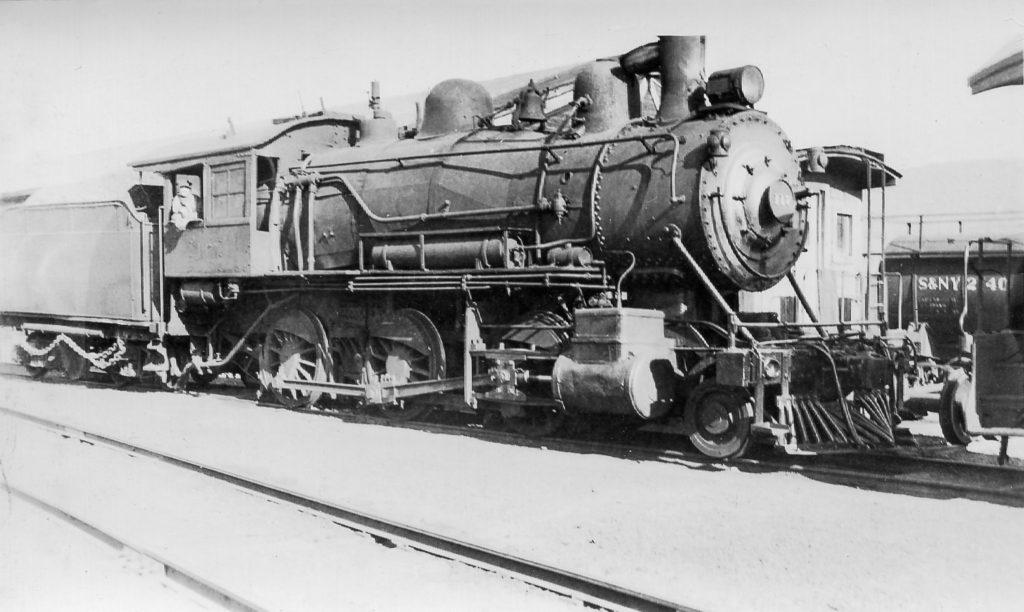
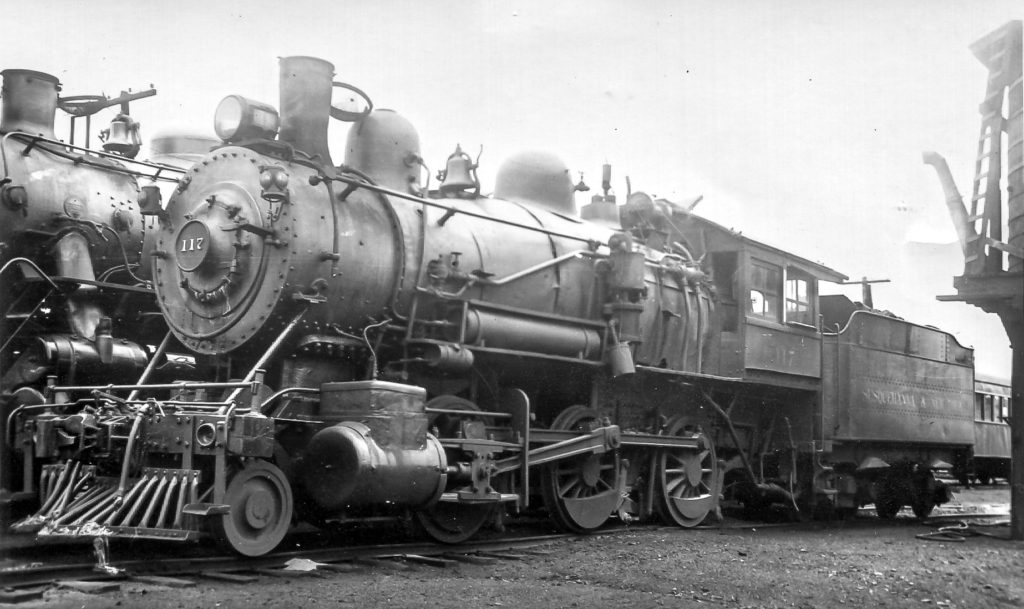
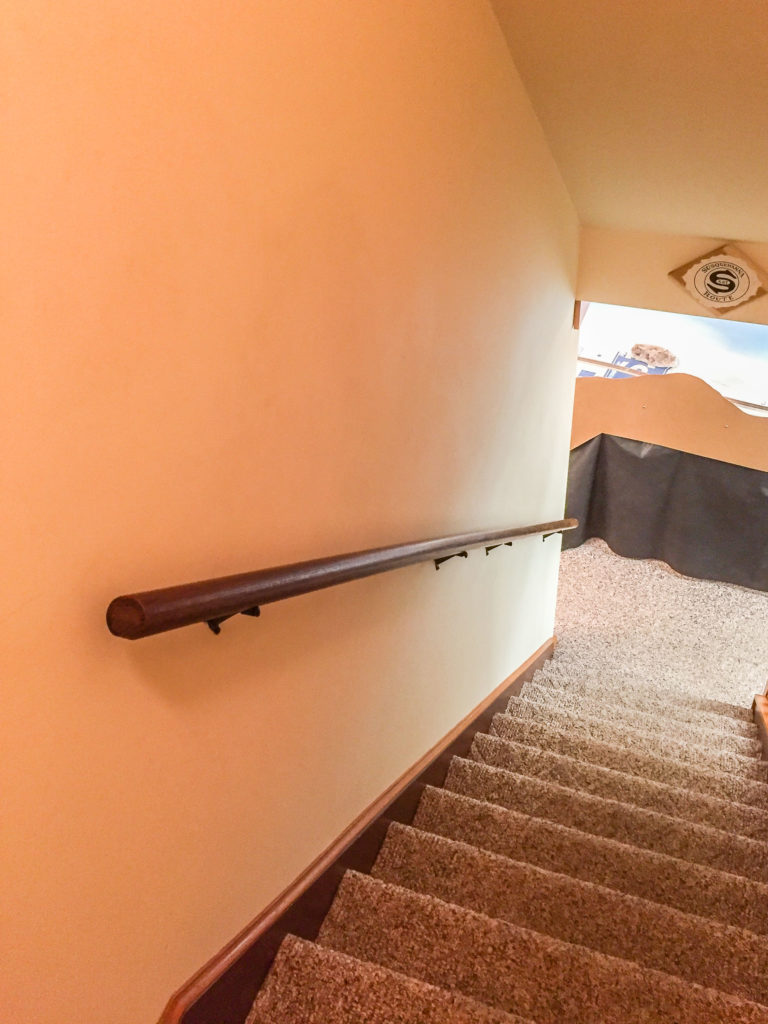

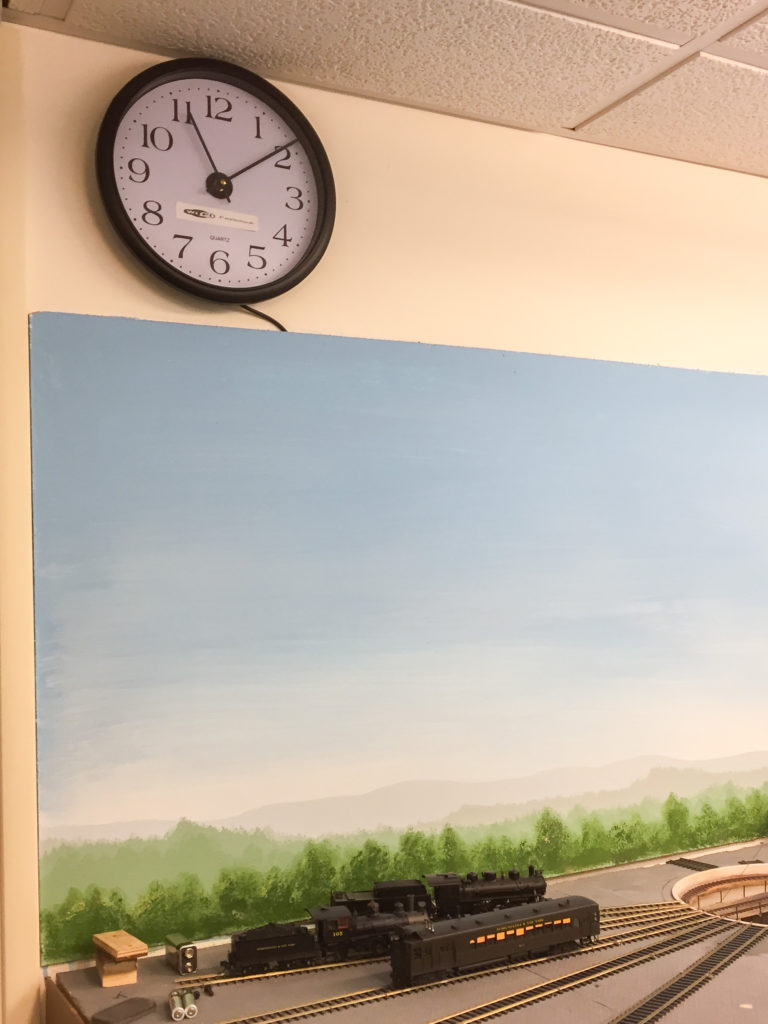
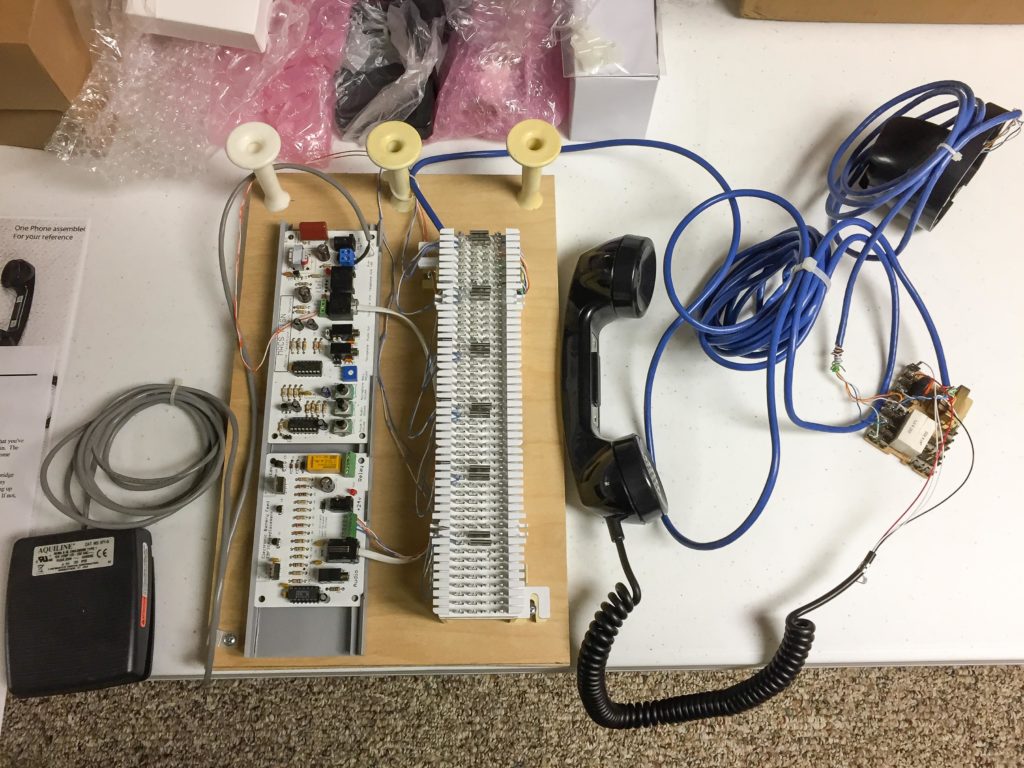
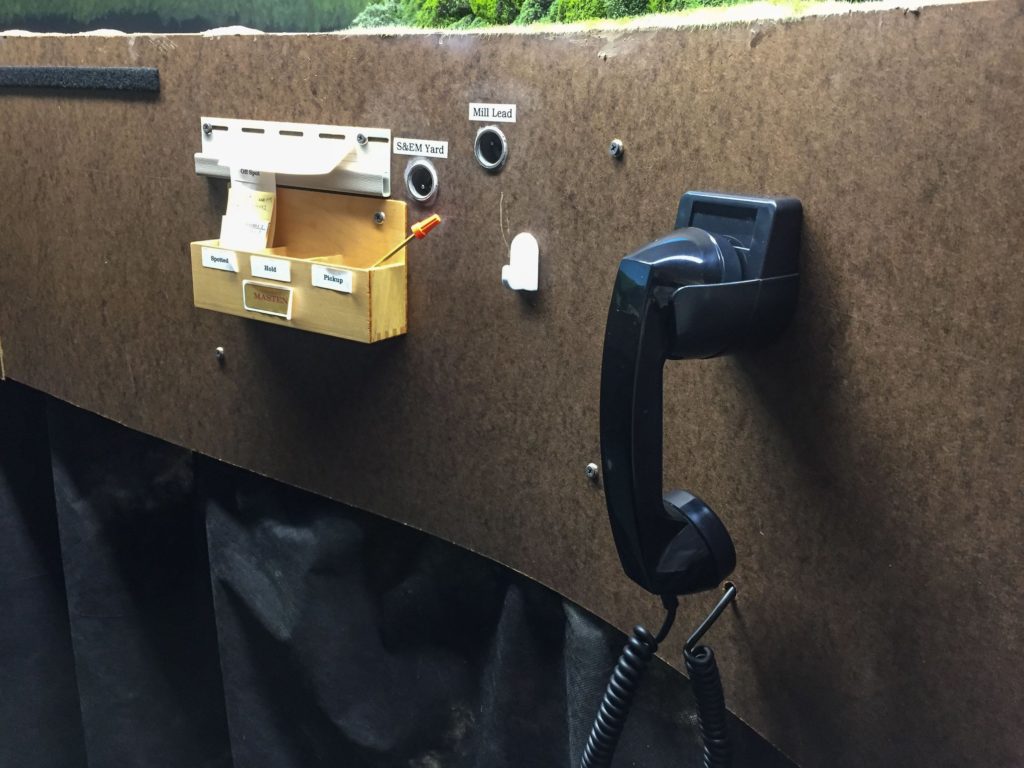
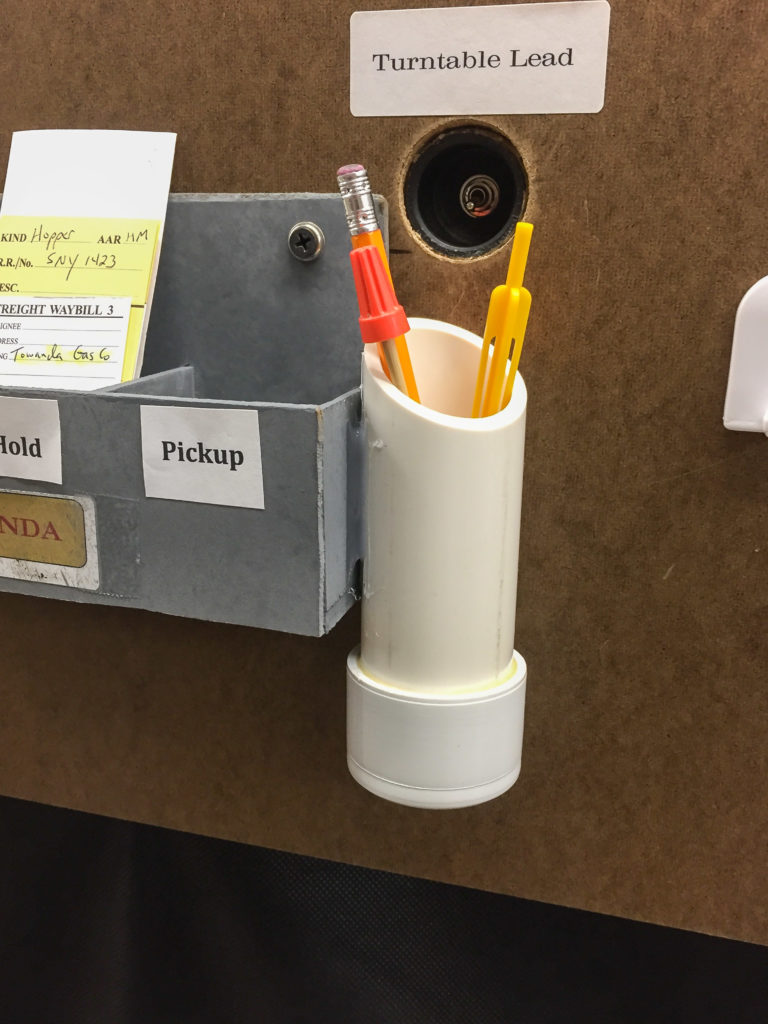
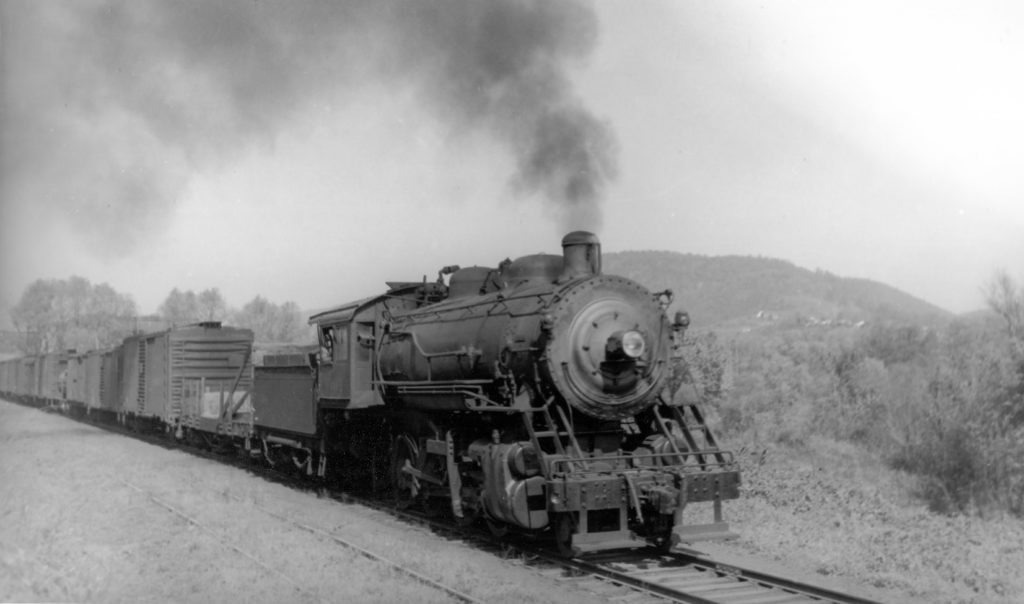

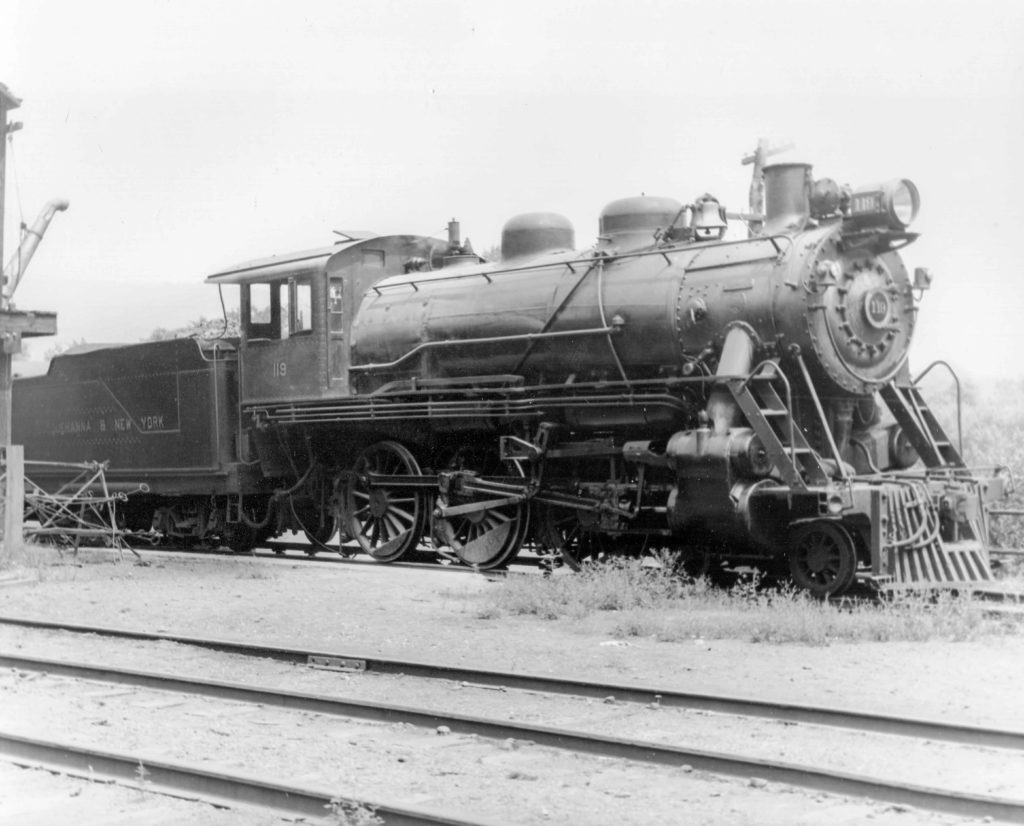
Recent Comments